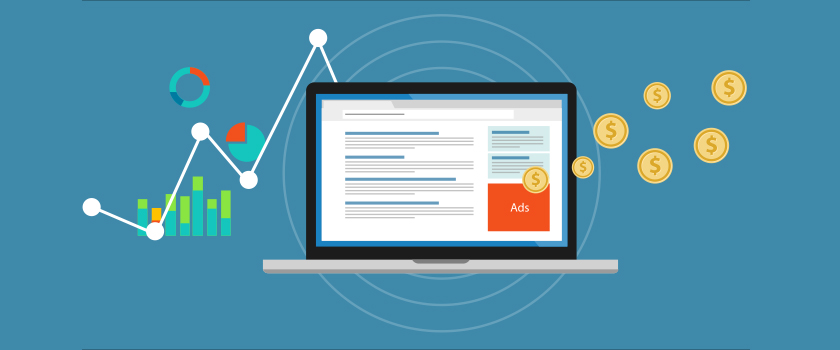
 Starting a Pay Per Click (PPC) advertising campaign can be a daunting task. Where do you start? What are the best practices? You can find some good tips with an Internet search, but there are also a lot of myths out there. Read on to learn what the top three PPC myths are and how you can avoid falling for them.
Starting a Pay Per Click (PPC) advertising campaign can be a daunting task. Where do you start? What are the best practices? You can find some good tips with an Internet search, but there are also a lot of myths out there. Read on to learn what the top three PPC myths are and how you can avoid falling for them.
Myth #1 – The Broader, The Better. Your PPC campaign is successful if a lot of people are seeing your ads, right? Not necessarily. Using a lot of generic keywords or broad targeting can give you a lot of website traffic but often don’t result in buyers. You pay for each click on your ads, so if many people are clicking but not buying, it wastes your money.
Try these tips to narrow your focus:
- Geo-target your campaign so your ads only appear to people within 50 or 100 miles of your brick-and-mortar location. This way, your ads aren’t being shown to people too far away to buy from you.
- Use a mix of short-tail and long-tail keywords (think “new ATV” vs. “new 4 wheeler ATV Denver”) to reach a variety of buyers. Short-tail (or general) keywords are ok in moderation, because they reach a larger audience of people who are just entering the buying cycle. Long-tail (or more specific) keywords help you reach people further along the cycle who know what they want and are ready to buy.
Myth #2 – Set It and Forget It. It can be tempting to set up your PPC campaigns and then leave them to their own devices, but, strategically, this doesn’t work. Once they’re up and running, you need to keep monitoring your campaigns regularly. Monitoring will tell you what’s working and what isn’t, allowing you to make changes to keep things on track.
Here are a few things to watch:
- Keep an eye on your cost-per-click (average is around $0.50-0.75) and impression share loss (the amount of impressions you’re losing due to budget – ideally this will be 0%). If your costs or your impression share loss are going up, make changes to your bidding or budget to optimize your campaigns.
- Monitor ad and keyword performance, and make changes to low-performing ads and keywords. If an ad is getting a lot of clicks but not many conversions (a 2% conversion rate is average), see if you can determine why – maybe it takes users to an irrelevant landing page or your link is broken.
Myth #3 – Driving Traffic to Your Homepage is Enough. If your customers don’t find what they searched for on your landing page, they may get frustrated and leave your site. Taking some time to make sure you’re sending buyers to a relevant page and collecting their information with a call-to-action form will help your PPC campaign thrive.
Try these tips to create conversions:
- Create a Display URL that tells buyers where you’re taking them. If your keyword is “used ATV, ” have your Display URL be “www.atvdealer.com/usedatvs, ” and then direct buyers to a page with matching inventory.
- Add a call-to-action form to your landing page. This allows your buyers to take an action such as requesting a quote or contacting you, and it allows you to collect their information!
PPC is a cost-effective way to drive new, qualified prospects to your website and brick-and-mortar store, and it’s a great addition to your search engine marketing strategy.
Need help developing your PPC campaigns? Connect with ARI’s Digital Marketing Services Team.


